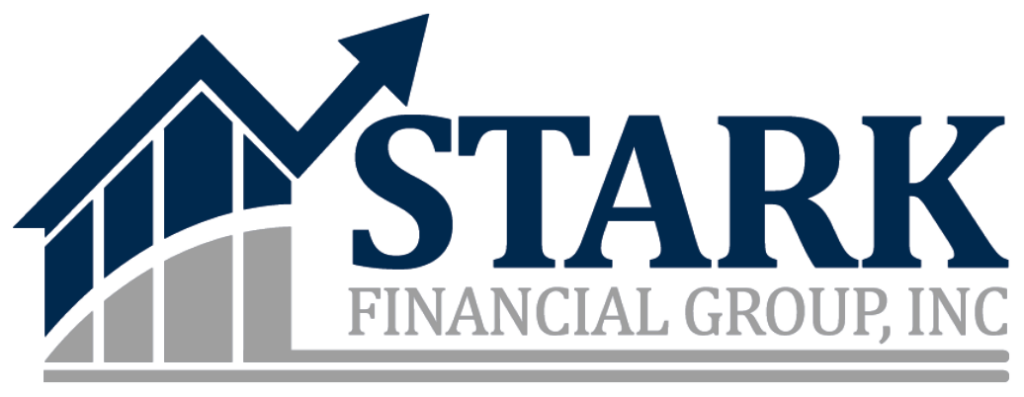Small & Midsize Business

What are the advantages?
A SIMPLE IRA (Savings Incentive Match Plan for Employees) allows employees and employers to contribute to traditional IRAs set up for employees. It is ideally suited as a startup retirement savings plan for small employers not currently sponsoring a retirement plan.
– Internal Revenue Service, January 2021
We can make sure that a SIMPLE IRA is what fits your needs, and help you implement that plan to help you work towards whatever financial goals you may have.
– Sean A. Stark
401(K) Plans
Available to any employer (except government entities)
“Many employers. Think the cost of offering a 401(k) plan is too expensive. However, tax benefits can help offset the cost. New Plans are eligible for tax incentives of up to $1,500 ($500 per year for three years).”
–Employee Benefit News, October 2017
SEP IRA’s
Available to any employer or sole proprietor.
A Simplified Employee Pension IRA, or SEP IRA for short, is a good option for self-employees workers and small-business owners who want an easy and inexpensive retirement plan. A SEP IRA is also generous, allowing retirement savers to put away much more than they could with some other retirement accounts.
-Kiplinger, April 2018
Other SEP IRA considerations include deadlines, contribution limits, vesting, ongoing maintenance and annual non-discrimination testing among other things. All of these are questions we will discuss in our meeting.
-Sean A. Stark
Small & Midsize Business
- 401(k)
- Simple IRA
- Sep IRA
- Payroll Deduction
- Profit Sharing
- Cash Balance Plans
There are a lot of options but at the end of the day you need to consult with your financial professional and/or tax advisor to find a plan that suits your needs.. While brochures, websites, neighbors and google can give you an idea of which plan type may be appropriate, trained and experienced industry professionals will be able to confirm your findings or direct you to a plan that is better aligned with your specific needs and goals. We can then assist you in setting up that plan, following through and making strides in moving towards that goal.
“Many employers think the cost of offering a 401(k) plan is too expensive. However, tax benefits can help offset the cost. New plans are eligible for tax incentives of up to $1,500 ($500 per year for three years).”
~ Employee Benefit News, October 2017
*Not only are there various possible tax incentives to offering your employees retirement plans but it also can help in recruiting and retaining the quality employees your business needs. Let’s discuss where you are and what your options are.
- Save for your own retirement
- Receive tax credits and other incentives from the federal government
- Attract-and keep- better employees
- Realize increased worker productivity, especially if your plan is connected to company profits
- Deduct all employer contributions from current taxes
*These are just a few of the benefits we find that many business owner clients express, but at the end of the day we need to know what your real objectives are in establishing a plan for yourself and/or your employees. Let’s talk.
- Invest for the future
- Potential to save more money for retirement than they might otherwise be able to save through an individual retirement account (IRA).
- Realize tax deferred growth of investments
- Potentially be more content and motivated with a benefits package that includes a company retirement plan
- Take advantage of the knowledge and experience of the financial professional associated with your plan.
We believe in establishing a win-win objective. The first step is letting us know what your real needs and goals are.
Employer
- Low Cost
- Employees contribute to their own accounts
- Employer match is tax-deductible business expense
- Easy setup and administration
- No complex IRA reporting requirements
- Reduced fiduciary responsibility*
Participants
- Contribution limits higher than with personal IRAs
- Employer makes contribution to each participants account
- Immediate vesting (money in employees’ accounts is their to keep)
*Employers have limited liability since participants control their own investment choices.
Employer
- Participants Contribute to their own accounts.
- Employer contributions (including any match), if any, are deductible as a business expense.
- Flexible program designs to suit employer needs
- Annual nondiscrimination testing is not required for some safe harbor 401(k) plans
Participants
- High Contribution Limits
- Loans may be available
“Many discover the value of their business doesn’t match their expectations and they may not be able to sell when they want to-or need to. This means they are no longer selling from a leverage position and may not get what the business is really worth.”
– Sean A. Stark
“Being a business owner myself for many years, I can sympathize with an owner that puts everything on the line and they know their business. We invest in ourselves! The challenge is if we need to hedge that future business value bet.”
– Sean A. Stark
“Sometimes we need to get out of our own way. Your taxable income could be lowered with a company retirement plan. If you’re a sole proprietor or a business with 50 employees, you could match your own contributions. It’s a great plan for retention, but the business owner needs to realize how much this is for their family. You should invest in your business without question. You should also invest in your family by providing another source of revenue in retirement.”
– Sean A. Stark

